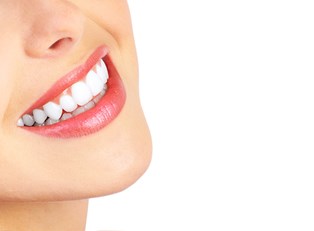While most people don’t experience any severe side effects when using teeth whitening products, this doesn’t mean that using them is a risk-free process. Most of the dangers associated with teeth whitening have to do with consumers incorrectly using the products, but sometimes even proper use can lead to problems. Here’s a look at some of the most commonly encountered dangers of teeth whitening.
Tooth Sensitivity
The biggest risk of using conventional teeth whitening systems is tooth sensitivity. Studies have looked at this phenomenon before and found that more than half of all people who use teeth whitening strips experience at least some mild to moderate sensitivity. What’s even worse is that one in twenty-five users experience severe or long-lasting pain. While most sensitivity occurs while a person is wearing the strips or shortly afterwards, some people have reported pain in their teeth weeks after they discontinued use.
The source of this sensitivity has to do with the porous nature of teeth. Although enamel normally acts as a good protector of the teeth’s inner layers, the peroxide in whitening strips opens up these pores, which can potentially expose the nerves that are responsible for tooth pain.
Gum Recession
The peroxide in traditional whitening strips can cause irritation around the gum line. Most of the time this only results in temporary pain, but in extreme cases, it can actually cause your gums to recede. If gum recession occurs it can actually increase your risk of tooth sensitivity, since areas of your teeth that are normally covered become exposed. Reducing your use of whitening strips or using a brand with a lower peroxide concentration can potentially remedy any gum problems you might experience.
Enamel Erosion
Enamel acts as a tooth protector, but it’s also what gives teeth their white shine. When tooth whitening systems are overused, you run the risk of eroding away this essential substance. This not only puts you at a risk of tooth damage in the future, but it can also leave your teeth looking less than white. Dentin, the tooth layer directly beneath the enamel is actually a grayish, translucent color, and when exposed it can cause your teeth to look discolored.



